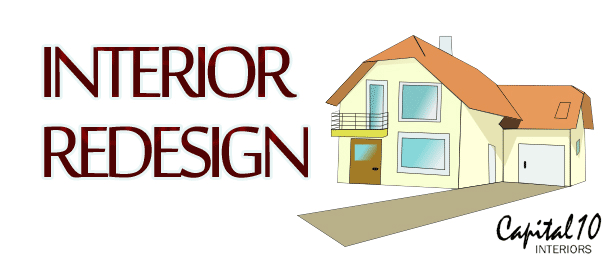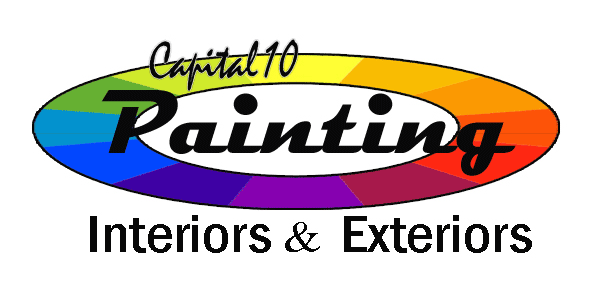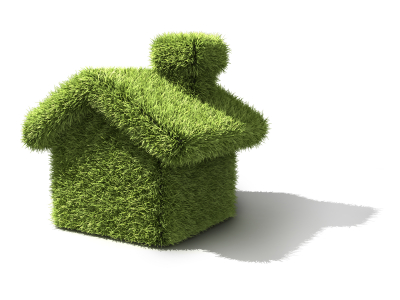Website Designed By
- SERVICES Links -
We'd Love to Hear About your Home and Business Projects!!





Contact us or call to find out how we can help.
JBailey.message@gmail.com
JBailey.message@gmail.com








Green Design
Green Design
ABOUT KITCHENS
ABOUT US
ABOUT DESIGN


KITCHEN LINKS
1. Kitchen Recycling Center
Available pre-assembled or in cabinet retrofit kits, kitchen recycling centers take the mess out of managing your recyclables. These modified cabinets can accommodate any kitchen style and cabinet size, and are available in a full range of cabinet materials.
2. Eco-Friendly Flooring
Products manufactured from rapidly renewing forests can provide you with a beautiful, affordable and durable floor—and an environmentally responsible choice. Bamboo, cork, and eucalyptus mature in roughly half the time (or less) that it takes hardwoods, grown in colder climates, to reach market size.
3. Stained Concrete or Indigenous Stone Countertops
Use materials that are durable and water-resistant for both counters and backsplashes. Stained concrete uses non-toxic, natural pigments rather than surface-applied stains. There is also the option of adding other recycled materials into the mixture. Many types of indigenous stone are available and can come from salvage and remnants. Make sure they are well sealed to prevent staining. Keep seams in counter top surface material at least 2 feet away from the sink and out of heavily used areas.
4. Air Admittance Valves
These pressure-activated, one-way mechanical valves are installed in plumbing drainlines in place of through-the-roof pipe venting. They operate with the discharge of wastewater, just like conventional plumbing vents. By eliminating piping and flashing, there is a net savings after the initial investment of $25 to $40. And they're durable.
5. Wall Insulation
Nothing improves the comfort and energy efficiency of a kitchen more than plenty of insulation in the exterior walls. To add insulation to existing homes, blow fibrous insulation material—fiberglass or natural materials like cellulose and mineral wool—into enclosed wall, floor and roof cavities. "Dense packing" the insulation inhibits air circulation within the cavities, thereby eliminating a major cause of condensation, moisture problems and air leakage.
6. Energy-Efficient Windows, Doors and Skylights
Well-designed windows and skylights can lighten the feel of a kitchen. Energy Star-qualified products lighten the burden of energy bills as well. Homeowners can find greater comfort and significant savings—ranging from $110 to $400 a year—by replacing single-pane windows with Energy Star-qualified windows. These products use low-e glass with solar shading, which increases the room's comfort, protects items from sun damage and reduces condensation on windows.
7. Energy-Efficient Task Lighting and Lighting Controls
Maximize natural lighting and provide task lighting. Lighting controls range from a simple outdoor light fixture with a built-in photosensor to whole-house programmable controls that allow fixtures to perform as task, safety or mood lighting. The cost of a control can often be offset by the first year's energy savings.
8. Energy-Efficient Appliances
When buying a refrigerator, dishwasher or vent fan for your kitchen renovation, remember that it will have two price tags: what you pay to take it home and what you pay for the energy and water it uses. Energy Star-qualified appliances incorporate advanced technologies that use 10 to 50 percent less energy and water than standard models.
9. Low-VOC Kitchen Cabinets
Consider resurfacing or refacing existing cabinets. Cabinets that are made with particleboard or fiberboard are likely to contain urea formaldehyde and are not resistant to moisture. However, sealing them with low-VOC (volatile organic compounds) paint or stain or laminating with a new surface will seal the substrates.
If buying new cabinets, you have a few green options. Some solid wood cabinet lines have low-VOC emissions. Laminates and thermofoil cabinets can seal in VOCs contained in substrates. You also can look at cabinets made from agricultural fiber panels such as wheatboard and strawboard. Made from plant stems and sustainable binders, these materials are a good choice for areas that will not be subjected to wetting.
10. Low-VOC Paints and Finishes
Many paints and finishes contain high levels of VOCs that produce potentially harmful gasses when applied. The VOCs diminish air quality and may be detrimental to your health. Today, low- and no-VOC paints are available almost anywhere. They release no or minimal VOC pollutants, and are virtually odor free. This improves the indoor air quality of the home, making it particularly safer for people with chemical sensitivity. Also, latex paints use water as their solvent and carrier, allowing both easier cleanup and generally lower toxicity.
11. Mold-Resistant Gypsum or Cement Board
Mold growth requires moisture and a food source. To improve moisture resistance, some gypsum board manufacturers have developed products with paperless coatings and gypsum cores. To reduce the risk of mold, a number of manufacturers chemically treat the paper on both sides of the gypsum board, while others eliminate the paper entirely and replace it with a gypsum-cellulose combination. Mold-resistant wall panels help maintain good indoor air quality while reducing the probability of costly replacement or remediation.
12. Induction Cooktop
Induction cooking uses electricity to produce a magnetic field that that reacts with the ferric content in stainless steel, cast iron, and enameled steel cookware, exciting the molecules and producing heat. The cookware (and therefore the food) gets hot, but the stovetop doesn't. Less heat is wasted and the food heats faster, saving time and energy. Induction cooking is about 90 percent energy efficient as compared to gas and electric radiant, which are 50 to 60 percent efficient. Induction cooking is relatively new to the mass marketplace and currently retails at a premium.



A well-designed, attractive kitchen gives a home life. All that liveliness, though, is probably the single biggest energy drain in your home.
Lighting, refrigeration and cooking are responsible for 41.5 percent of a home's energy consumption, according to U.S. Department of Energy estimates. Add to that regular kitchen activities like water heating, plus space heating and cooling, and you begin to get the picture of how critical the kitchen really is.
Lighting, refrigeration and cooking are responsible for 41.5 percent of a home's energy consumption, according to U.S. Department of Energy estimates. Add to that regular kitchen activities like water heating, plus space heating and cooling, and you begin to get the picture of how critical the kitchen really is.
When you're remodeling, the kitchen presents a big opportunity to improve the home's energy performance. Broadening the scope of your project to include energy efficiency, ecological benefits, accessibility and health considerations will provide long-term cost savings, comfort, peace of mind and safety.
Here are 12 high-impact ideas for creating a "green" kitchen:
Here are 12 high-impact ideas for creating a "green" kitchen: